Six months after the Democratic Republic of Congo (DRC) lifted its ban on Elon Musk’s Starlink, the satellite internet company is reestablishing its foothold in Central Africa through a $400 million national connectivity project aimed at improving broadband access across the country.
The initiative, supported by the Congolese government, involves partnerships between Starlink and major telecom operators such as Africell and Vodacom.
Both companies are in active talks with Starlink to extend internet coverage to remote regions that remain beyond the reach of traditional networks. Vodacom described Starlink’s offering as “complementary,” noting that the partnership could help close significant gaps in national connectivity.
Don’t Miss This: Nigerians Lose ₦316bn to Ponzi Schemes — SEC
The expansion plan stems from a May 2025 agreement between Kinshasa and Monacosat—a Monaco-based satellite operator partly owned by the Turkmenistan government—to launch a dedicated broadband satellite for the DRC.
According to Monacosat’s representative, Jean-Philippe Anvam, a partner bank has already mobilized the full $400 million required for the rollout, Semafor reports.
This marks Starlink’s most ambitious comeback in the region since regaining its operating license in May 2025, following a government-imposed suspension.
The company has since been working to regain trust and rebuild its network footprint in a country where only about 30% of the population had internet access as of 2023, according to the International Telecommunication Union.
Starlink’s return comes as DRC’s telecom sector intensifies its efforts to bridge the digital divide.
Airtel recently signed a continent-wide agreement with SpaceX to integrate Starlink’s satellite technology into its African operations, while Vodacom and Orange have announced plans to deploy solar-powered mobile towers in underserved areas.
Despite this progress, Starlink faces significant hurdles in the Congolese market. High equipment costs, regulatory constraints, and low affordability remain major barriers.
Semafor notes that the average smartphone in the DRC costs about $305—far higher than the continental average of $201—limiting access for much of the population, many of whom still rely on basic 2G devices.
The Global System for Mobile Communications Association (GSMA) estimates that while 51% of Congolese citizens live within mobile network coverage, many remain offline due to prohibitive costs and limited digital literacy.
This underscores a key challenge across Africa’s digital landscape—connectivity is not just about infrastructure, but also about affordability and inclusion.
As Starlink expands into 25 African countries, its growth continues to be shaped by a complex mix of opportunity and limitation.
Without stronger regulatory reforms and policies that promote affordability and innovation, the company’s mission to deliver affordable satellite internet across the continent could remain an ambitious but distant goal.

